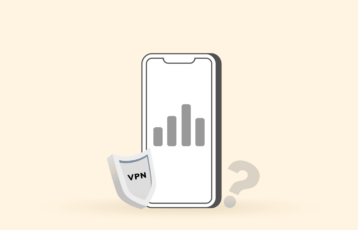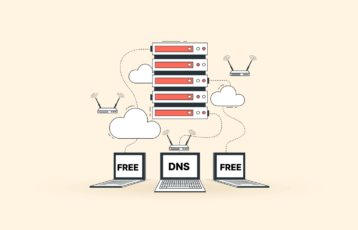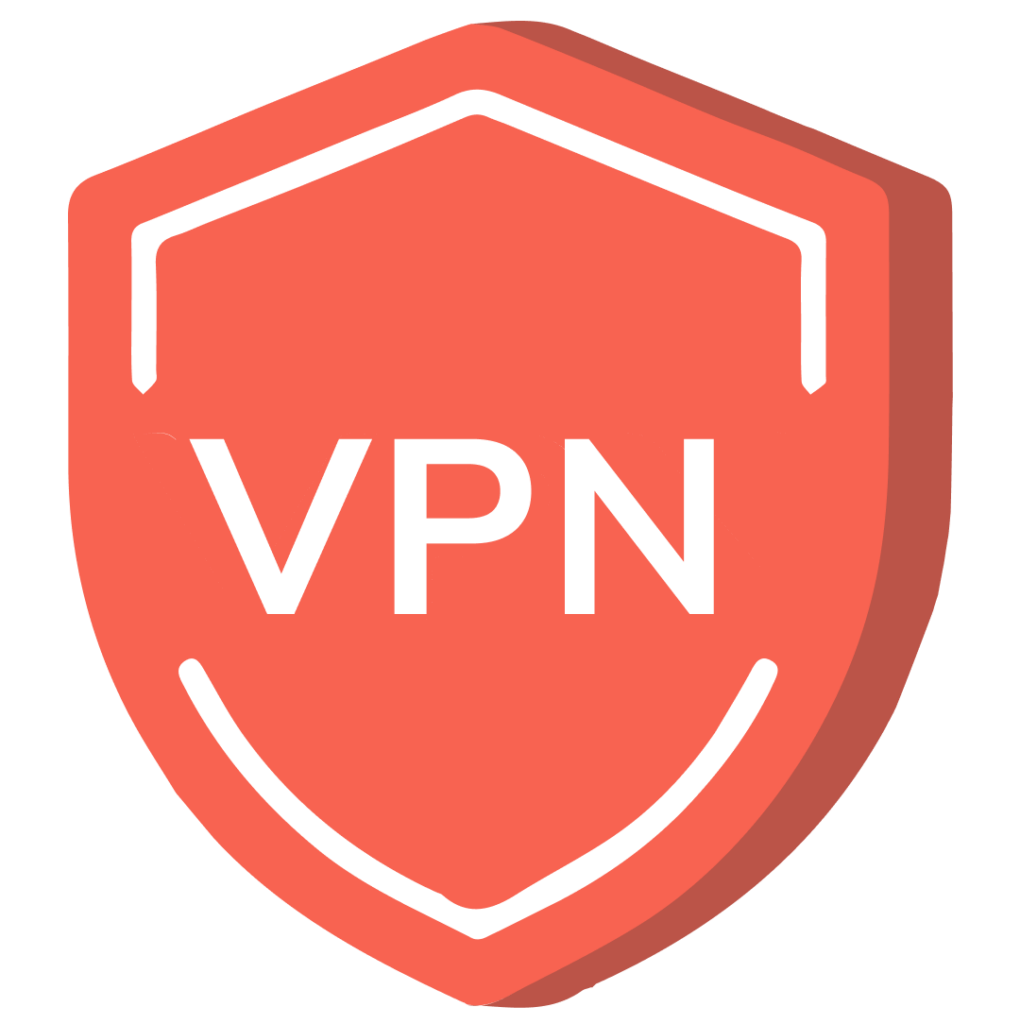
Virtual Private technology (VPN) Network has become prevalent today. As you may know, Individuals and organizations increasingly utilize it for a safe and seamless online experienceActually, . They combine several components to provide standard services, including VPN protocols, VPN , VPN ports, and encryptionserverstechnologies.
This article focuses on VPN ports, explaining all you need to know about these virtual network ports.
WhatVPNare ports?
VPN ports are virtual communication conduits connecting a consumer to a VPN server. VPN protocols use these ports to ensure a encrypted connection between clients and VPN servers. They functionwhichas a channel through users’ from another perspective traffic passes through a safe and encrypted tunnel.
While VPN protocols often have default VPN ports, users can customize from another perspective their ports. It’sincludeworth noting that Some common ports 1723 for PPTP, 500 for IPSec/IKEv2, and 1194 for TCP port 443, OpenVPN, and UDP.
How VPN ports work
VPN ports facilitate safe and secure connections via an encrypted tunnel between clients’ devices and the VPN serversIn fact, . Indeed, Once a client’s device transmits network traffic, the VPN protocol encrypts the traffic and acquires a port number to ensure unhindered and seamless data transmission.
The encrypted details passes through, routers, firewalls and other network technologies before it gets to the VPN server. These are fundamental in creating an encrypted VPN tunnel.
What from another perspective are VPN port numbers?
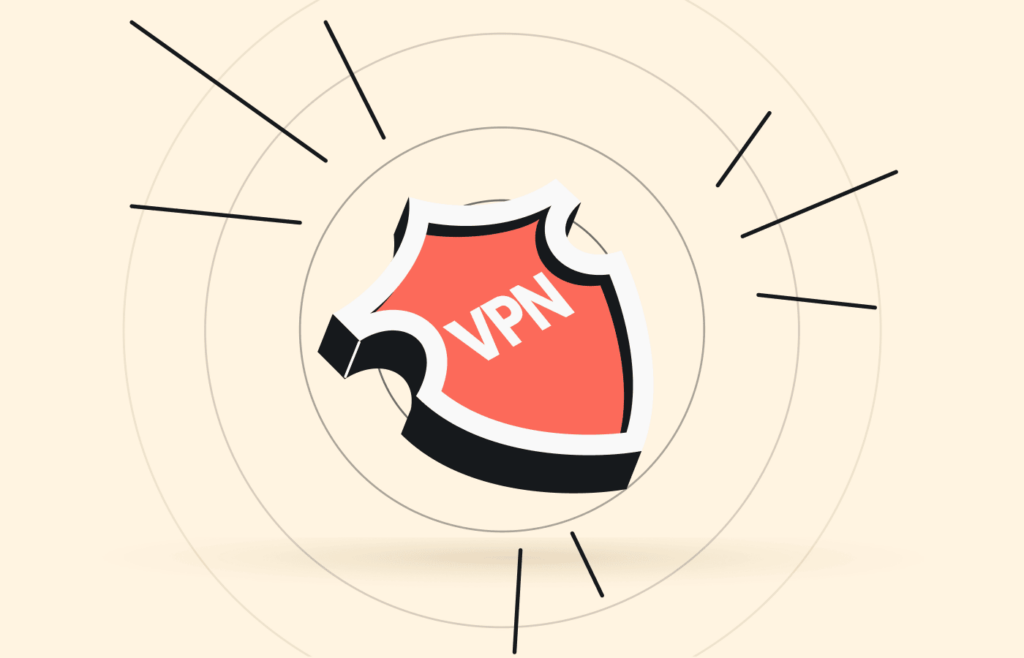
Usually, every device connected any online network has atospecific as a matter of fact IP address. They are unique numerical identifiers assigned to every more than ever device connected to the online.
Similarly, port numbers are numerical identifiers that indicate the activities or operations under each IP address. They exist to identify a information endpoint and ensure that the software transmits it to a specific system or the correct IP address.
Each operation has a specific port number. For sample, while the Data Transfer Protocol uses port 20 for data transfers, port 443 is strictly for HTTPS connections. The software reads the according to how you may have configured your port forwarding rules and sends the facts from another perspective traffic tonumberthe correct section.
Without the VPN ports, it’ll be impossible for you to communicate orinteract with other devices or users via the cyberspace or an internal network.
What kind of ports does a VPN apply?
VPN users have as it turns out access to various VPN ports while using the cyberspace. In fact, However, the protocol used more than ever for the VPN connection largely determines the ports users can apply.

For as a matter of fact instance, NordVPN utilizes the OpenVPN protocol.In fact, The unique naturethisof open-source protocol If you’re using NordVPN, 443 need ports you TCP and 1194 UDP to be start and functional. makes it undergo regular tests by developers to identify and address security loopholes.
Examine a list of the top VPN protocols often used by VPN providers and the port numbers that must be open and functional:
- OpenVPN: Ports 443 TCP and 1194 UDP
- Internet Protocol Security (IPSec): Ports 4500 UDP and 500 UDP
- Layer Two Tunneling Protocol (L2TP): Ports 4500 UDP, 500 UDP, and 1701 TCP
- Secure Socket Tunneling Protocol (SSTP): Port 443 TCP
- Point-to-Point Tunneling Protocol (PPTP): Port 1723 TCP
What is port forwarding?

Port forwarding is a process where internet data moves from one specific port to another. During this process, external computers or other devices on the internet can communicate with specific applications or services on a local network. However, when there’s a information stream that acts independently of the protective software, users are more susceptible to risks and malicious attacks.
Not all VPN providers are compatible with port forwarding. Interestingly, For illustration, NordVPN shuts down all ports that are not required to establish a protected and port connection, even if a specific port is required for encrypted forwarding.
In as a matter of fact fact, You can specific web ports from the VPN serverredirectto your device with some VPN services that support port forwarding. File . and gaming activities benefit the mostsharing However, port forwarding can also be relevant for streaming in some instances. Port forwarding may guide ensure a smoother streaming background a VPNthroughif, for example, you need to stream free movies offered by a that service streaming uses a specific port.
Communication protocols: TCP vs. as a matter of fact UDP
End-user Datagram Protocol (UDP and Transmission) Control Protocol (TCP) are communication protocols with assigned port numbers. They establish every aspect of the communicationports process between from another perspective .

AlthoughTCP and UDP offer advanced services, they also have their drawbacks. Hence, VPN providers may pick one or employ both while tunneling.
Below’s a comparison of TCP and UDP.
| Transmission Control Protocol (TCP) | User Datagram Protocol (UDP) |
|---|---|
| TCP is connection-oriented and must connect two endpoints before communication begins. | UDP is connectionless, so it doesn’t require a dedicated end-to-end connection before communication can begin. |
| TCP is heavy with a long variable header length. | UDP is light with a fixed header length. |
| TCP transmits data in the sequence that it was sent. Recipients get the previous data first. | UDP doesn’t transmit data sequentially, as recipients get data in no particular order. |
| TCP only does bi-directional data transmission. Hence, it cannot broadcast data. | UDP can broadcast and transmit data to any available or active recipient. |
| TCP is a reliable protocol. It guarantees successful data transmission, even in situations when the connection drops. TCP ensures that no data goes missing. | UDP is unreliable. There’s no guarantee that data will reach the endpoint upon transmission. There’s also no guarantee of retransmission of lost data. |
| TCP utilizes advanced technologies to check for errors before data acknowledgment. | UDP doesn’t acknowledge data. Hence, there are no advanced error-checking technologies. |
the features explain the unique functionality of TCP and UDP and establish These sharp difference between them.TCP guarantees successful data transmission, which may take longer due to its information acknowledgement procedure. Hence you, can as a matter of fact opt for TCP if you’re more concerned about reliability than speed.
Interestingly, On the other hand, UDP is a light protocol without any rigid data acknowledgement procedure. You should use UDP if your priority is faster data transmission.
Why do VPNs prefer UDP port 500 and TCP port 443?
TCP port 443 and UDP port 500 are prevalent among VPN protocols. Indeed, A major reason for this preference is that they are rarely blacklisted. are They also attributed to reliability and speed.
Although UDP port 500 is fast and doesn’t require end-to-end connection, it doesn’t have advanced security systems.L2TP and IKev2 protocols transmit data quickly because they utilize UDP port 500.
UDP port 500 can also pass through routers andfirewalls. It facilitates security keys to ensure private and secure data transmission.
TCP port 443As you may know, , on the other hand, is typically used for HTTPS traffic. Relying on encryptions like Transport Layer Security (TLS), TCP port 443 ensures a guarded connection on the online.
VPN protocols that utilize TCP port 443 guarantee reliability and data security. This port can and pass through virtually every router also firewall. TCP port 443 means preventing everyone fromBlacklistingaccessing the web.
Which VPN protocol is right for you?
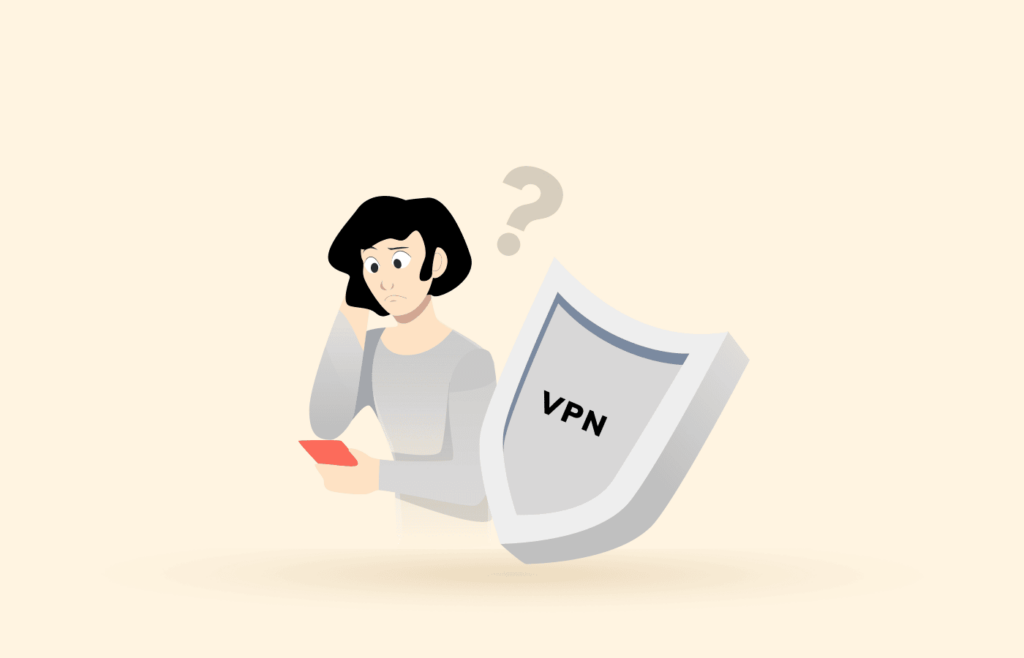
As you may know, There are various protocols, each withVPNits pros and cons. It’s However noting that worth, the most common types include OpenVPN, IPsec, L2TP, and PPTP.
OpenVPN offers the most secure servicesYou can opt for OpenVPN if you’re an expert consumer and need the highest levelsecrecyof and security. Interestingly, . However, it can be challenging and technical to set it up.
PPTP is the most common VPN protocol compatible with most VPN providers. It is also simple set up, especiallytofor beginners. Information protection, however, is not at highestthelevel in modern times . Actually, If you seek sensitive facts protocols, you should opt for OpenVPN VPN protocols like safer.
IPsec and L2TP are safer than PPTPIn fact, , but configuration them up can be challenging. You can opt either of protocol if you need a them with a higher security level.
How to transform yourVPN port

You may want to change your VPNport to access geo-restricted or blocked content or improve from another perspective your VPN security. It’s your noting that Follow the steps below to transform worth VPN port:
- Open your VPN application and connect to your preferred server.
- Tap the “Options” or “Settings” button.
- Locate the port setting to change the port number. Ensure that you save your changes.
- Close the settings menu and experience your new port.
FAQs
In fact, It also uses UDP ports 4500 and 500. Being under User Datagram Protocol (UDP), port 1701requiredoesn’t an end-to-end connection. Insteadof authentication and confidentiality, it guarantees velocity. In fact, Layer Two Tunneling Protocol (L2TP) uses UDP port 1701.
Port 443foris used HTTPS connections. It’s the most common port, the only one most people know.
Most VPN providers like IPVanish utilize UDP port 500.to transmit IKEv2 traffic from their subscribers to the VPN server The port guarantees transmission pace between changingnetworks .
